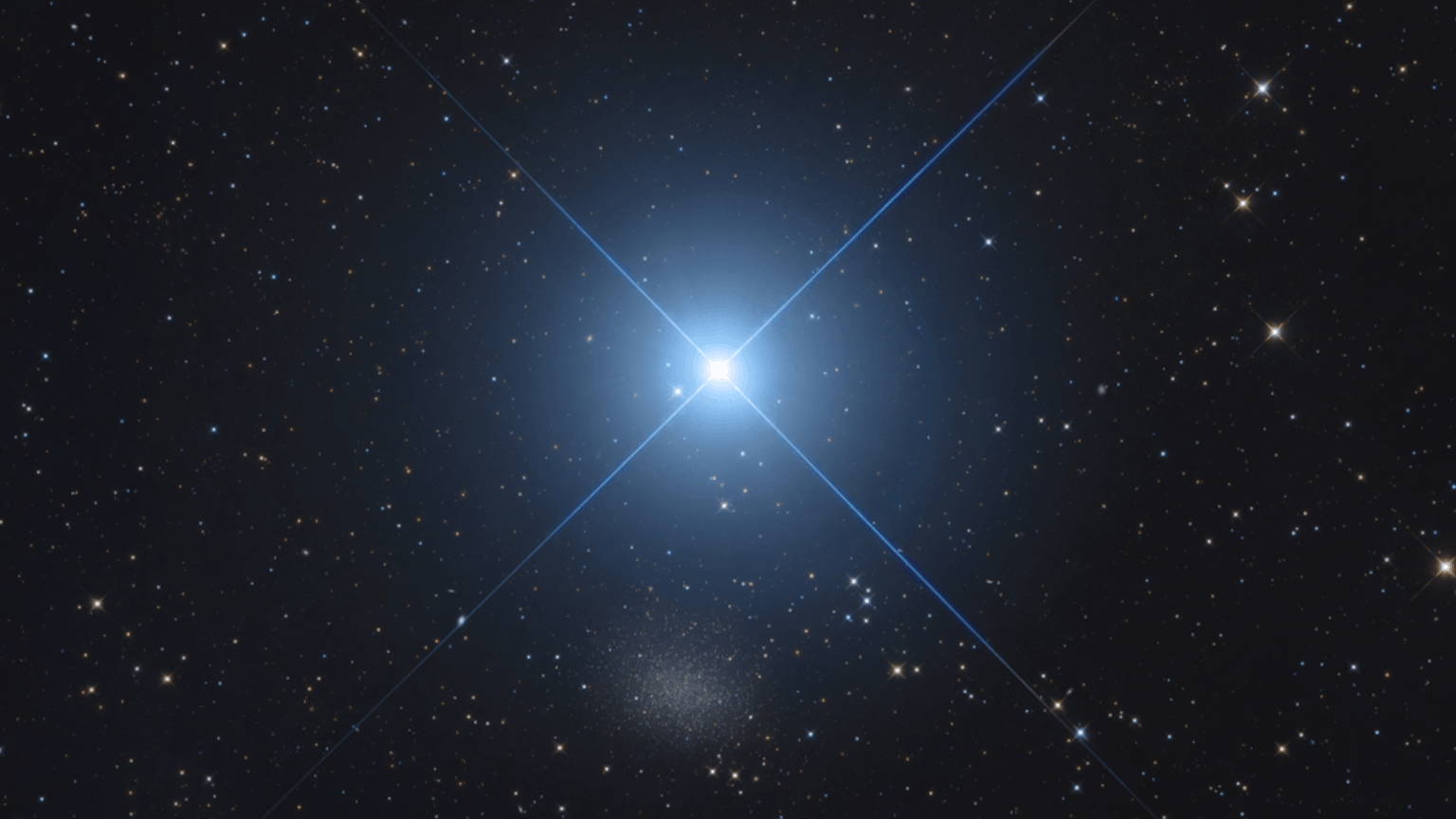Subscribe to the Renowned Daily Science Newsletter 💡
Receive daily updates on scientific breakthroughs, discoveries, and DIY tips every weekday.
Although the longer daylight hours of summer mean fewer dark skies for stargazing, June still offers numerous celestial events to captivate sky enthusiasts. This month presents prime opportunities to observe Mars and the Moon near Regulus, the luminous blue star at the heart of Leo, along with two weeks of favorable viewing conditions for Mercury. Additionally, mark your calendar for June 30, when the world observes Global Asteroid Day, highlighting the importance of asteroid awareness and planetary defense.
June 1 – Crescent Moon Sits Between Mars and Regulus
On the evening of June 1, a slender crescent Moon will appear nestled directly between Mars and Regulus, the brightest star in Leo. Interestingly, Regulus isn’t just a single star; it’s a complex system comprising four stars. The most prominent, Regulus A, is a hot, luminous star significantly brighter than our Sun, believed to orbit with a smaller companion, likely a white dwarf, which has yet to be directly observed. The other two stars, Regulus B and C, are also dwarf stars engaged in their own binary orbit. This intricate stellar arrangement makes Regulus a fascinating object for astronomers and casual observers alike.
While the Moon’s position is captivating, it’s worth noting that Regulus’s multiple-star system adds depth to its visual appeal, which we’ll revisit later in the month.
June 11 – The Full Strawberry Moon
The Moon will reach its fullest illumination in the early hours of June 11, with the peak occurring around 3:44 a.m. Eastern Daylight Time. Known as the Strawberry Moon, this name originates from the ripening of strawberries during late spring and early summer, symbolizing abundance and growth. Despite its poetic name, the Moon itself will shine with its characteristic silvery hue, not red or pink. Various Native American tribes, including the Ojibwe, Oneida, and Mahican, have historically used this name, while other cultures have poetic titles such as the “River Moon” in Catawba or “They Are Arriving/Plants in Garden are Sprouting Month” in Cherokee, reflecting the seasonal significance of this lunar phase.
Mid-June – Mercury Reaches Its Best Visibility
As the innermost planet of our solar system, Mercury often remains elusive due to its proximity to the Sun and its faint appearance. However, June offers a rare window when Mercury becomes more accessible to observers. This period marks its maximum eastern elongation-the point where Mercury appears furthest east of the Sun in the sky. During this time, Mercury can be seen low on the western horizon after sunset, providing a fleeting opportunity for naked-eye observation.
Throughout June, Mercury’s apparent brightness diminishes as it approaches its greatest elongation, making it easier to spot early in the month. According to the Farmer’s Almanac, Mercury will be visible between approximately 9:00 p.m. and 9:15 p.m. local time, just above the horizon to the west-northwest. On June 26, it will be visible just below and to the left of the crescent Moon, offering a spectacular pairing for skywatchers with clear views.
[Related: Mercury’s Stunning New Images Reveal Intricate Surface Details]
June 16-18 – Mars and Regulus in Close Conjunction
Another notable event involves the proximity of Mars to Regulus. During the nights of June 16, 17, and 18, the Red Planet will appear remarkably close to the bright star in Leo, creating a striking celestial pairing. This alignment offers a unique opportunity to observe the contrasting hues of Mars’s rusty red surface against the brilliant blue of Regulus, providing a visually stunning spectacle for amateur astronomers and casual observers alike.
In the Northern Hemisphere, June 20 marks the summer solstice-the longest day of the year-when the North Pole is tilted most directly toward the Sun. This event signifies the official start of summer, bringing 24 hours of daylight to regions within the Arctic Circle and the peak of solar intensity across the hemisphere. It’s a perfect time to celebrate the arrival of summer and the vibrant night sky events that accompany it.
June 30 – Global Asteroid Day
June 30 commemorates the anniversary of the Tunguska event, the largest asteroid impact in recorded history. On June 30, 1908, an asteroid estimated to be between 160 and 200 feet in diameter exploded approximately 5 to 10 kilometers above Siberia’s remote taiga. The blast released energy equivalent to between 3 and 50 megatons of TNT-far surpassing the atomic bombs dropped during World War II-and caused widespread destruction, flattening around 80 million trees over an area of roughly 830 square miles. The shockwave was detected globally, registering on seismographs worldwide.
In 2014, scientists proposed establishing June 30 as Global Asteroid Day to raise awareness about asteroid threats and the importance of planetary defense initiatives. The United Nations officially adopted this observance in 2016, emphasizing the need for continued monitoring and preparedness against potential asteroid impacts. While the current month’s skywatching activities are unlikely to reveal any threatening objects, it’s a reminder of the importance of ongoing space surveillance efforts.
As you enjoy the celestial sights this June, remember that awareness and preparedness are key to safeguarding our planet from future asteroid hazards. Be sure to find a dark spot away from city lights to maximize your stargazing experience, and consult our tips for optimal viewing before heading out into the night.

More Insights, Reviews, and Buying Guides
The Science team has examined countless products and dedicated hours to identify the best gear and tools for your astronomical pursuits.

